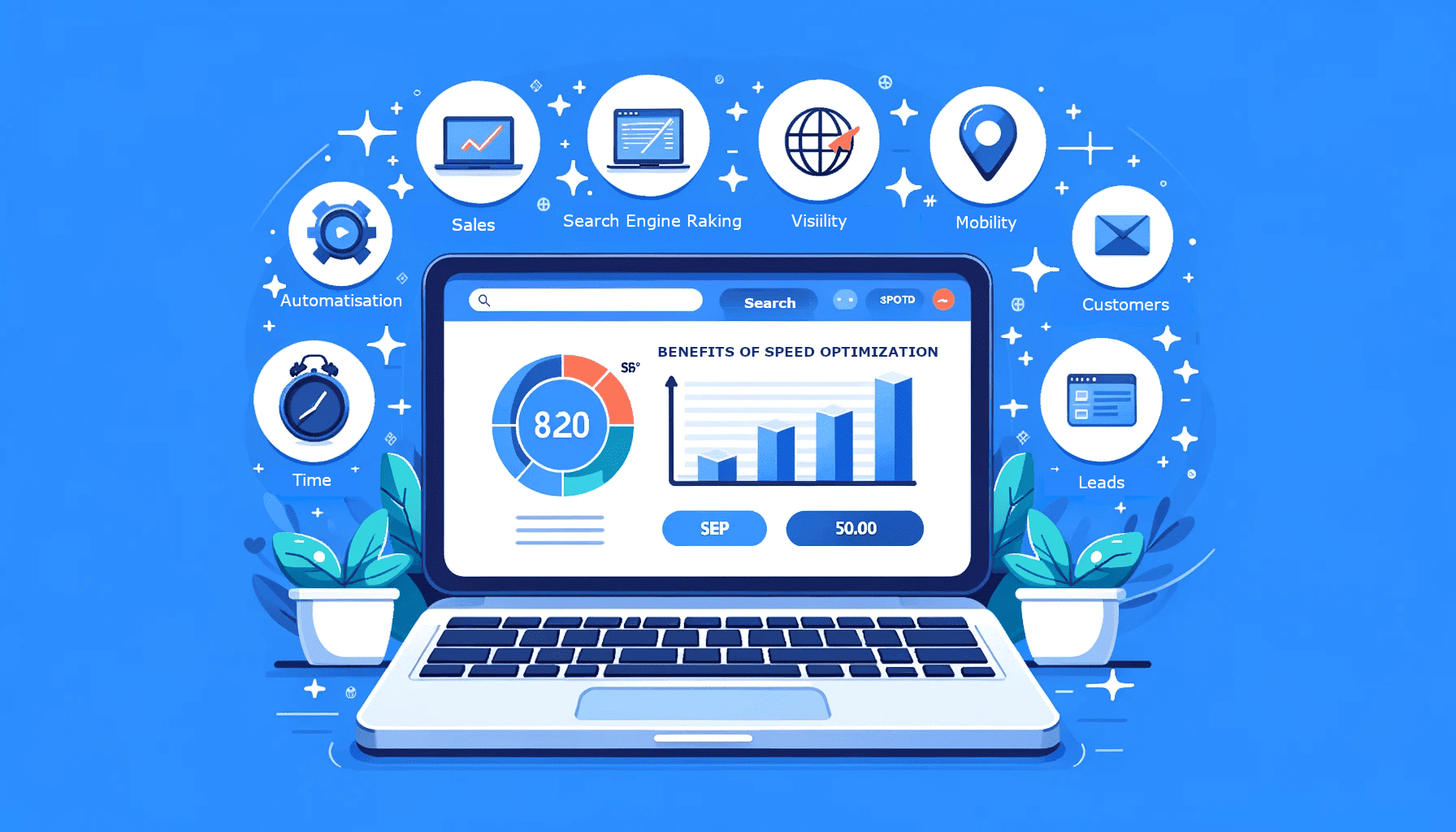Page speed plays a critical role in shaping the first impressions visitors have about your business. According to research, within the initial 1-2 seconds of website exposure, a visitor’s brain forms an instant judgment, a process known as the ‘halo effect’. If your site isn’t performing to the best of its abilities, you might be sabotaging new potential business without even realizing it.
The Impact of Slow Webpages On Your Brand and Sales
- Brand Reputation Damage: When your webpage takes forever to load, it projects a negative image of your business – lack of efficiency or a seeming disregard for user experience. Visitors may assume your business exudes the same level of unprofessionalism as perceived from your slow-loading site, which will ultimately harm your brand reputation.
- Adverse SEO Effects: In the digital world, search engines are the gatekeepers. As crawling bots determine your site’s SEO ranking, the slower your webpage loads, the less favorably it’s perceived. Search engines like Google may penalize your site by burying your links at the bottom of search results – a place few visitors dare to venture.
- Reduced Sales and Conversion Rates: Online sales depend on a seamless user experience. A prolonged loading time can lead to customer frustration and often results in site abandonment or incomplete transactions. If your site is slow, your ROI takes a hit.
- Poor Mobile Experience: As an increasing number of users access the web via their smartphones, the mobile experience of your site matters immensely. Delayed page speeds will reflect more severely on mobile platforms, leading to a significant spike in your site’s bounce rate.
The Good News: What Speed Improvements Can Achieve
However, there’s a silver lining. Even minimal improvements in your site’s speed can offer you an edge over your competitors. It’s crucial to remember we live in an attention-based economy, where every second counts.
Analyzing and Improving Your Website Speed
To bridge the gap between where you are and where you should be in terms of webpage speed, you need to analyze your website’s performance. Various online tools can help you delve into your site’s statistics:
- Google’s PageSpeed Insights: A great tool to get a broad picture of your site’s performance based on data from your site’s visitors. Check it out here.
- WebPageTest: Offers a more detailed overview of your site’s performance, including waterfall charts to help identify individual problematic elements. Try it now.
- SiteSpeed.io: Perfect for seamless integration with your development processes for regular automated monitoring and advanced usage. Explore the tool.
Understanding your website’s speed metrics allows you to identify areas for improvement. Some steps you can take include:
- Enhance Image Optimization: Large, high-resolution images can slow down your site. Start by optimizing these images for the web without compromising quality.
- Enable Browser Caching: This helps to store some site data on the visitor’s device to ensure faster load times during subsequent visits.
- Reduce HTTP Requests: The fewer requests a visitor’s browser has to make to your server, the faster your site will load. You can achieve this by reducing the number of files and compressing them where possible.
- Use a Content Delivery Network (CDN): CDNs help to reduce the distance between your server and the visitor’s device, which speeds up load times.
Implementing these measures can make a world of difference. Remember, in digital marketing, even milliseconds matter. No matter how exceptional your content, a webpage that takes ages to load can drive prospective customers away. Start monitoring your site speed now and improve where necessary.
